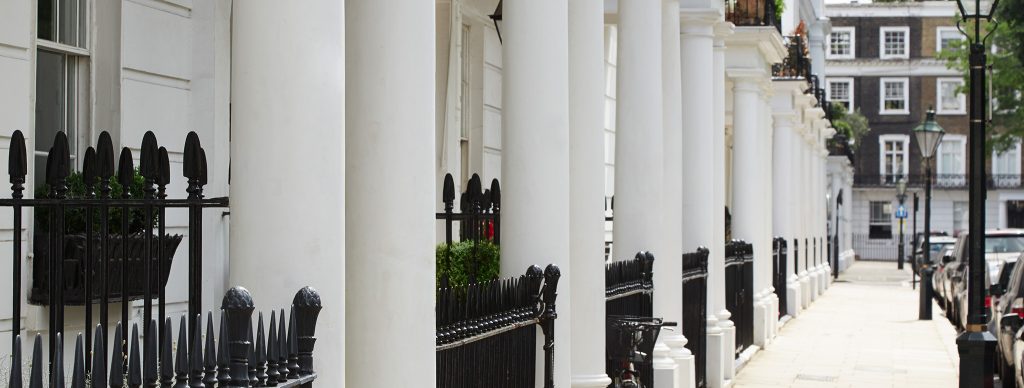The cards that are burning holes in everyone’s pockets…
London
Rising borrowing costs are weighing down rapidly on house prices, with tight supply of good quality stock and international buyers benefiting from a weakening pound all helping to act as a slight buffer.
A slowdown was inevitable with a rise in the cost of living ensuring a large hole is burnt in our pockets, but the mini budget accelerated this process. The punch is being felt globally, as central banks have turned off the tap that has been fuelling the 20%+ price growth we’ve seen since the start of the pandemic. Adjustments to mortgage rates have resulted in affordability being reduced by up to 35%, as most buyers’ struggle to pass the banks’ stress tests and monthly payments rocket. In a matter of weeks, we have seen a noticeable rise in price reductions across the capital and, as with any dramatic change to buyer’s purchasing power, the market will pause for breath, and we will see a sharp slowdown in activity. We are way off credit-driven buyers being able to meet sellers’ price expectations and, whilst cash buyers are certainly not scarce in the capital, they will be looking for an opportunity.
However, like with any asset class the best holds its own and it is these properties that remain liquid and are transacting through the turmoil.
Insight from Andrew Garber,
Head of Mortgages, Partners Wealth Management
“It’s been a good few years since the subject of mortgages has been at the forefront of media interest. Borrowers have, for some time now, enjoyed historically low rates and many expected this to continue ad infinitum. The reality is that it was only a matter of time before rates started to increase, with the biggest question being when this would happen, and at what speed and to what level. At time of writing, the Bank of England’s Base Rate has risen from 0.1% to 2.25%, and most lenders standard variable rates have been increased, but by modest amounts.
The big change has been in the cost of fixed rates, where borrowers are finding that their monthly costs will increase dramatically when their existing term comes to an end. Although this will cause discomfort to many borrowers, there seems little chance that rates will fall in the short to midterm. The hope is that the steps taken by the lenders will result in no further dramatic rises, such as those witnessed over the past 10 months or so.
For borrowers, there are options they can take to reduce the higher monthly payments. Adjusting the length of the mortgage term, and the use of an element of interest only, along with a repayment mortgage, are methods with which to do this. These changes are not ideal, but if there are potential cashflow issues, lowering the monthly payments, rather than being unable to pay the mortgage, is a very sensible plan of action.”
The Country
The country market is more affected by sentiment and the psychology of buyers and sellers than London and right now, vendors, particularly the those who don’t have to move but would like to, are understandably putting off decisions until next year. The continued costs of moving at the higher end of the market are still a barrier and the recent change to stamp duty has made little difference. The market is always seasonal, but as a result of the wider conditions, we have not seen the usual number of new properties coming onto the market this Autumn. As we head into winter the leaves come off the trees, the gardens go over and sellers as they always have, retreat until the Spring.
So, whilst there is an unusual shortage in supply, there are buyers who are still keen to purchase and a handful of vendors selling quietly off-market. We regularly find opportunities for clients who understand that challenging times are often the best time to buy and who recognise how beneficial it is to be represented.
